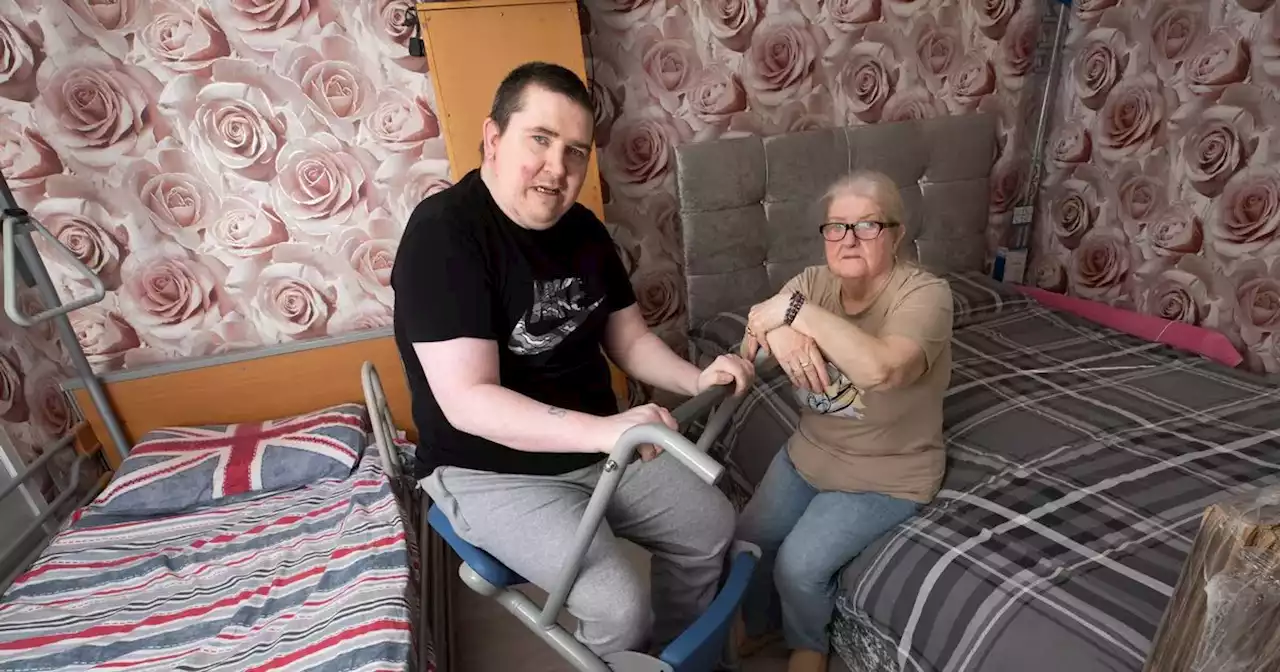The shape and size of a grain of rice, the new device can conduct dozens of experiments at once to study the effects of new treatments on some of the hardest-to-treat brain cancers.
Researchers from Brigham and Women's Hospital, a founding member of the Mass General Brigham health care system, have designed a device that can help test treatments inThe device, which is designed to be used during standard of care surgery, provides unprecedented insight into the effects of drugs on glioma tumors and caused no adverse effects on patients in a phase 1 clinical trial.
One challenge in developing targeted therapies for glioma is that it can be difficult to test many different combinations of drugs in, because it's only possible to treat patients with one approach at a time. This has been a significant barrier for hard-to-treat cancers like gliomas, for which combination therapies are a promising avenue.
In the time the device is implanted—about two to three hours—it administers tiny doses of up to 20 drugs into extremely small areas of the patient's brain tumor. The device is removed during the surgery and the surrounding tissue is returned to the lab for analysis.
Danmark Seneste Nyt, Danmark Overskrifter
Similar News:Du kan også læse nyheder, der ligner denne, som vi har indsamlet fra andre nyhedskilder.
Man's home infested by 'monster' that costs £800 a time to treatRichard Pember said having the invasive weed in his garden is like 'living with a monster that always comes back'
Læs mere »
 Visualizing fentanyl's swift, dangerous effects on the brain and bodyFentanyl's effects are fast and dangerous.
Visualizing fentanyl's swift, dangerous effects on the brain and bodyFentanyl's effects are fast and dangerous.
Læs mere »
 Scots pensioner forced to share bedroom with brain-damaged son for two yearsQueens Cross Housing Association say they have nowhere suitable for Elizabeth Molloy, 72, and her son John, 43, to move into.
Scots pensioner forced to share bedroom with brain-damaged son for two yearsQueens Cross Housing Association say they have nowhere suitable for Elizabeth Molloy, 72, and her son John, 43, to move into.
Læs mere »
 Family giving back after support for son's birth defect in the brainA 25-kilometre walk will support the charity that got a boy where he is today after a birth defect in the brain was spotted in lockdown.
Family giving back after support for son's birth defect in the brainA 25-kilometre walk will support the charity that got a boy where he is today after a birth defect in the brain was spotted in lockdown.
Læs mere »
 Living model of brain reveals how human neurons work together to process informationA paper published in Nature Communications shows that when neurons are given information about the changing world around them (task-related sensory input) it changes how they behave, putting them on edge so that tiny inputs can then set off 'avalanches' of brain activity, supporting a theory known as the critical brain hypothesis.
Living model of brain reveals how human neurons work together to process informationA paper published in Nature Communications shows that when neurons are given information about the changing world around them (task-related sensory input) it changes how they behave, putting them on edge so that tiny inputs can then set off 'avalanches' of brain activity, supporting a theory known as the critical brain hypothesis.
Læs mere »
 Anti-platelet therapy could help improve outcomes for patients with a deadly form of brain bleedA new study has shown that anti-platelet therapy could help improve outcomes for patients with aneurysmal subarachnoid hemorrhage (aSAH), a deadly form of brain bleed.
Anti-platelet therapy could help improve outcomes for patients with a deadly form of brain bleedA new study has shown that anti-platelet therapy could help improve outcomes for patients with aneurysmal subarachnoid hemorrhage (aSAH), a deadly form of brain bleed.
Læs mere »
